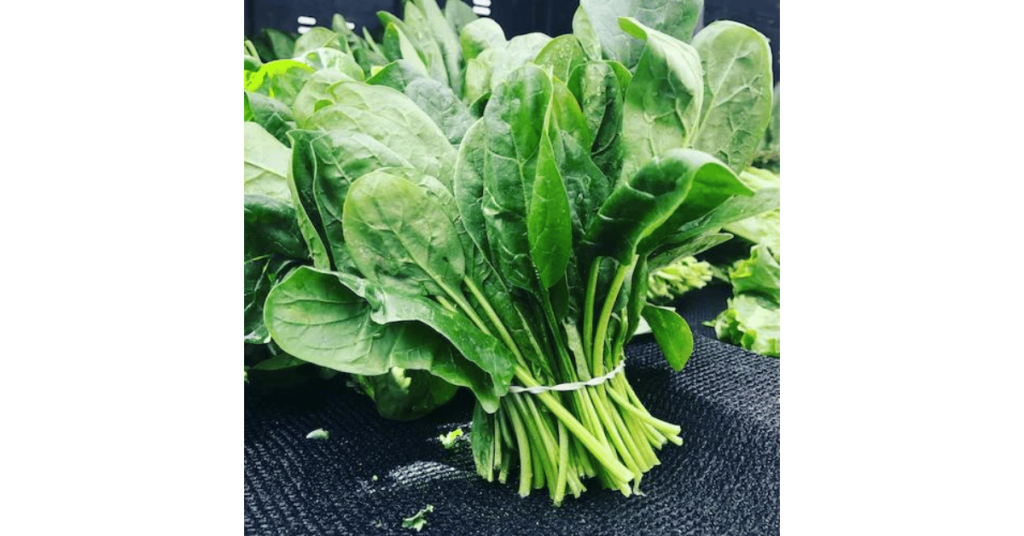A Comprehensive Guide to Lectins, Phytates, & Oxalates
Confused about whether beans are off-limits because of lectins?
Are spinach and almonds healthy choices despite containing oxalates?
You’re not alone!
Plant-based nutrition can complicate understanding as it uses terms like “anti-nutrients”.
Lectins, phytates, and oxalates are naturally occurring compounds in various plants. While they might sound scary, they’re not all bad news.
Let’s ditch the fear and focus on a balanced approach.
This guide will explore the science behind lectins, phytates, and oxalates, unpacking their potential downsides and exciting upsides.
We’ll also cover practical diets. They will help you get the most nutrition from your plant-based foods.
After all, a healthy diet rich in fruits, vegetables, legumes, nuts, and seeds is vital to your well-being!
Deep Dive into Lectins, Phytates, and Oxalates
Let’s look at each compound more closely.
We’ll study their science, the foods they’re in, and their health effects.
Lectins
Science Breakdown
Lectins are proteins in many plants. They naturally bind to carbs in our guts.
This binding can affect how our bodies absorb certain nutrients from food.
Food Sources
Lectins are in legumes like beans, lentils, and peas.
They are also in some grains like wheat and quinoa.
You can also find them in nightshade vegetables like potatoes, tomatoes, and eggplant.
Potential Concerns
Some research suggests that lectins can irritate the gut lining in some people. This irritation can lead to digestive issues like bloating, gas, and discomfort.
Eating lots of lectins also blocks the taking in of critical minerals. These include iron, zinc, and calcium.
Potential Benefits
It’s important to note that research on lectins is ongoing.
Some studies suggest that lectins help the gut. They do this by promoting the growth of good bacteria.
Additionally, some lectins show promise in potentially having anti-cancer properties.
Phytates
Science Breakdown
Phytates are storage forms of phosphorus found in plant seeds and grains.
They protect plants from predators and act as a natural defence mechanism.
Food Sources
Almonds and cashews, including pumpkin and sunflower seeds, have a lot of phytates. The same applies to whole grains (wheat, oats) and legumes (beans, lentils).
Potential Concerns
The main concern with phytates is their ability to bind to minerals. During digestion, iron and zinc change.
This binding can reduce body mineral absorption.
This process could be a concern for individuals with iron or zinc deficiencies.
Potential Benefits
Despite the potential for mineral binding, phytates offer some health benefits.
They possess antioxidant properties that may help protect cells from damage.
Additionally, some studies suggest phytates contribute to blood sugar control.
Oxalates
Science Breakdown
Oxalates are naturally occurring organic acids. They are found in many plants.
They tend to bind to calcium in the digestive system.
Food Sources
Oxalates are in many vegetables: spinach, swiss chard, and beets.
They are also in nuts and seeds, like almonds and cashews.
They are in some fruits, like rhubarb and cranberries.
Potential Concerns
The main concern with oxalates is their ability to bind to calcium. This binding could raise the risk of kidney stones in some people.
Additionally, high oxalate intake might contribute to joint pain in some cases.
Potential Benefits
While some research suggests potential downsides, oxalates might have some prebiotic effects. Prebiotics are the fibre that feeds good gut bacteria and can help gut health.
Minimizing Potential Issues with Lectins, Phytates, and Oxalates
The good news is that simple diets reduce issues from lectins, phytates, and oxalates.
You can do this while still getting the many benefits of plant-based foods!
Cooking Methods to Reduce Lectins, Phytates, and Oxalates
Lectins
Soaking, sprouting, and fermenting are your best friends when reducing lectin content.
Here’s a quick guide:
For several hours, you can soak dry beans, lentils, and peas in water.
For best results, soak them overnight before cooking. Before cooking, remove the soaking water and rinse the ingredients thoroughly.
Sprouting: Sprouting involves encouraging seeds and grains to germinate.
This process significantly reduces lectin content. You can find pre-sprouted options at some grocery stores or sprouts at home.
You can use fermentation to make yoghurt, kimchi, and tempeh and to break down lectins.
Phytates
Like lectins, soaking and sprouting can reduce phytate in nuts, seeds, and grains.

Some traditional food methods also help. For example, long cooking times for grains and legumes can help.
Oxalates
Cooking vegetables like spinach and Swiss chard can leach out some oxalates. You can boil the vegetables and discard the cooking water.

Building a Balanced Plate
Here’s where variety becomes critical!
Diversity is King/Queen
Consume a wide range of plant-based foods,
This practice restricts consuming foods containing lectins, phytates, or oxalates.
Include a colourful variety of fruits, vegetables, legumes, nuts, and seeds in your diet.
Food Pairing for Oxalates
If you’re worried about oxalate intake but like oxalate-rich vegetables like spinach, you must pair them with calcium-rich foods.
For example, cheese or yoghurt.
Calcium can bind to oxalates in the digestive system, potentially reducing their absorption.
Prioritizing Gut Health
A well-functioning gut contains a healthy mix of beneficial bacteria. It may be better equipped to handle lectins, phytates, and oxalates.
Consider incorporating fermented foods like yoghurt, kimchi, and kombucha into your diet.
Also, fruits and vegetables like bananas, onions, and asparagus have prebiotics. These can help feed good gut bacteria.
Addressing Concerns and Moving Forward
Now you know about lectins, phytates, and oxalates.
Let’s address some common concerns and promote a balanced approach to eating plants.
Frequently Asked Questions
Should I avoid foods entirely high in lectins/phytates/oxalates?
In most cases, complete avoidance is unnecessary.
A varied plant-based diet has more benefits than concerns for most healthy people.
You can also reduce issues by adding the cooking methods and diets mentioned earlier.
I have digestive issues. Could these compounds be the culprit?
You have digestive discomfort after eating some plant-based foods. Lectins or other factors may be causing it.
Ask a dietitian or healthcare professional about your situation. They can help find dietary triggers.
Are there any supplements that can help with nutrient absorption?
A balanced diet with proper food prep should provide the essential nutrients. However, some with specific deficiencies might benefit.
They should consult a doctor about supplements, like iron or zinc.
Remember, a healthy diet rich in plant-based foods is crucial for well-being.
These foods give a wealth of vitamins, minerals, fibre, and other beneficial compounds.
Understanding lectins, phytates, and oxalates is critical. Use the strategies here. Then, you can confidently eat plants!
Personalized Guidance
It’s a good idea to see a registered dietitian if you have specific health concerns. You might also need a personalized diet.
A personalized plan can be created to consider your specific needs and preferences.
Conclusion
The world of plant-based eating can be apparent from confusion.
Understand lectins, phytates, and oxalates. As you do, use simple strategies like cooking and food pairing.
You can unlock the full potential of a healthy plant-based diet.
So, ditch the fear and embrace the bounty of fruits, vegetables, legumes, nuts, and seeds!
Remember, a healthy balance is vital.
You gained knowledge here. You’re well on your way to plants’ incredible health benefits.
Now, go forth and conquer the produce aisle with confidence!
